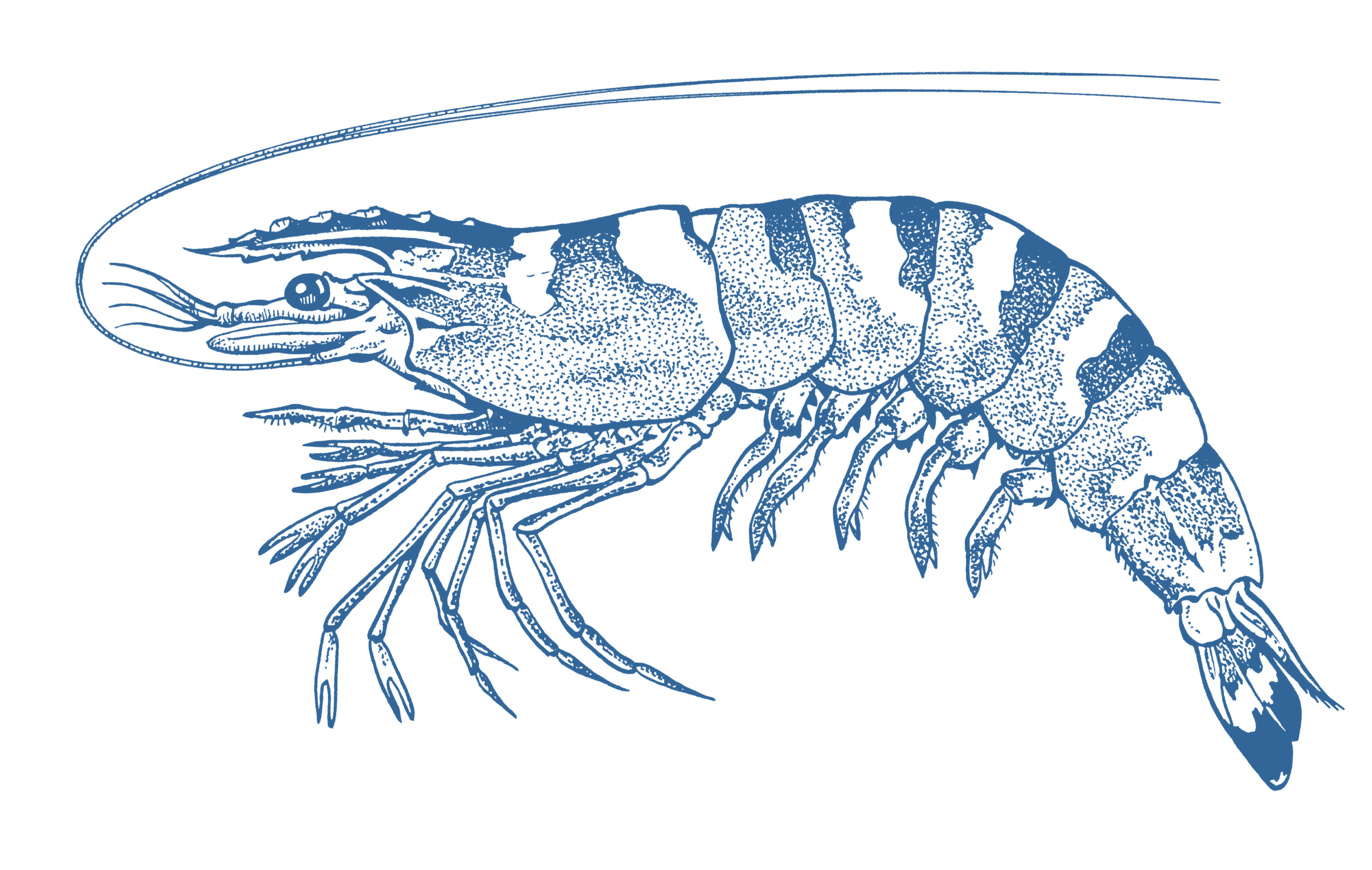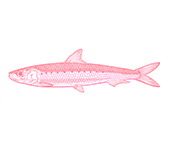




- Eat Less
Wild Caught
Region:
WA
- Tiger prawns are caught using bottom otter trawl fishing methods across northern Australia, with most WA catch coming from fisheries in Shark bay and Exmouth Gulf.
- Tiger prawns live in tropical waters, and are short-lived and fast-growing. WA populations appear healthy.
- Tiger prawns are caught using otter trawls that operate on the seabed. Trawling is conducted over sandy and muddy habitats in WA tiger prawn fisheries, and some protection for vulnerable habitats is provided by marine parks and closed areas.
- Bycatch reduction measures are mandatory in these fisheries, and have reduced accidental turtle catches. All fisheries interact with threatened species, including critically endangered species of sawfish, sea snakes and pipefish. There is some concern on the impact of these fisheries on sea snake populations.
- WA Shark Bay Prawn Managed Fishery, Exmouth Gulf Prawn Managed Fishery (821t in 2021)
Tiger prawns are found from inshore shallow estuarine and intertidal areas to the continental shelf depths of ~200m from the Gascoyne in WA, throughout northern Australia to the northern coast of NSW. They live in turbid waters most of their lives, inhabiting sheltered mangrove creeks as juveniles before moving to coastal sandy and muddy habitats as adults.
The name ‘tiger prawn’ refers to two species – grooved and brown tiger prawns. These two species live in tropical waters and are short-lived and fast-growing. Brown tiger prawns are predominantly caught in WA.
The two main Tiger Prawn fisheries in Western Australia are in Shark Bay, and the Exmouth Gulf. Both fisheries use Bottom Otter Trawl fishing methods to target both Tiger and Western King prawns.
Brown tiger prawn populations are thought to be healthy in WA, having recovered from historic impacts from a marine heatwave in 2011, largely due to proactive and responsive management.
Prawns are caught using otter trawls that operate on the seabed, mainly over mud and sand. This has the potential to cause significant habitat disturbance. Habitat types are relatively well understood in all fishing areas, tend not to support sensitive marine communities and are fairly resilient to disturbance.
In WA, a large and welcome proportion of the Shark Bay fishery is protected from the impacts of trawling in marine parks, with marine parks providing little such protection in the Exmouth Gulf fishery. Additional areas are closed to fishing for the purposes of preventing overfishing of juvenile prawns and damage to nursery habitats.
Bycatch reduction devices (BRD) and Turtle Exclusion Devices (TEDs) reduce the amount of threatened and other species that are caught and killed in fishing gear. BRDs and TEDs are mandatory in these fisheries and have been successful in reducing turtle deaths. However, threatened species bycatch remains an ongoing issue.
There are some concerns that bycatch management plans, including the requirement for independent studies of fishery impacts on bycatch species to be conducted every 3 years, are not being conducted in a timely manner. The annual scale (quantities) of bycatch and discarding, and the fate of many discarded species remain poorly understood.
The WA tiger prawn fisheries catch two species of sea snake that are of particular conservation concern, and while the level of threat posed by prawn trawling is not clear, better management and monitoring of sea snake bycatch will be required in future in order to prevent a downgrade of these fisheries’ GoodFish ranking.


